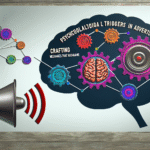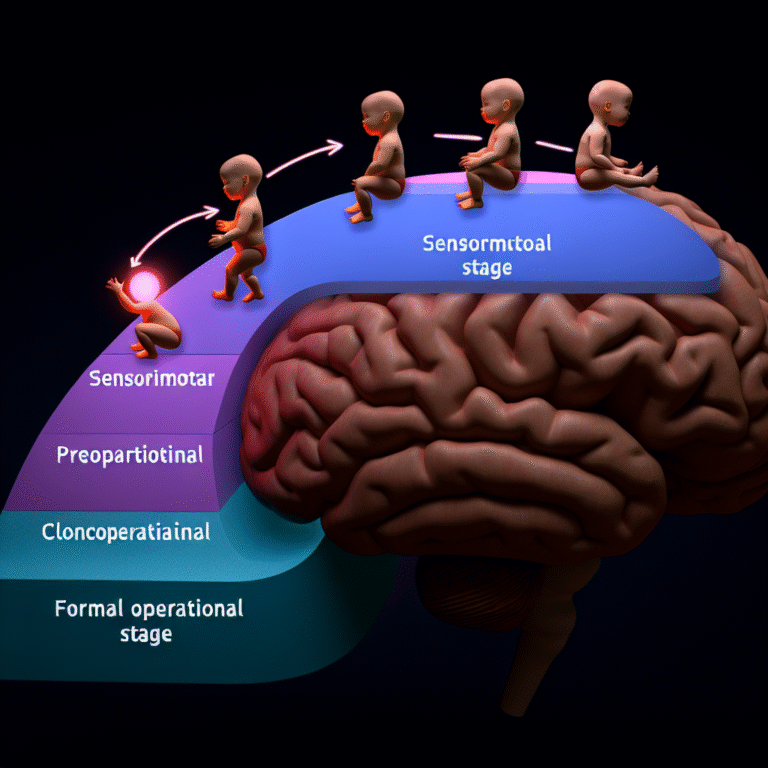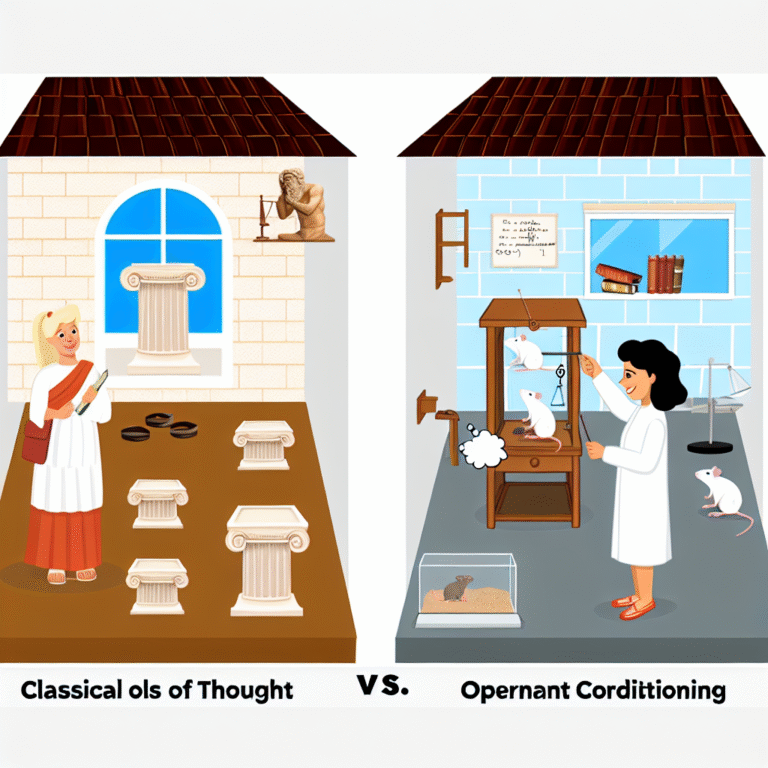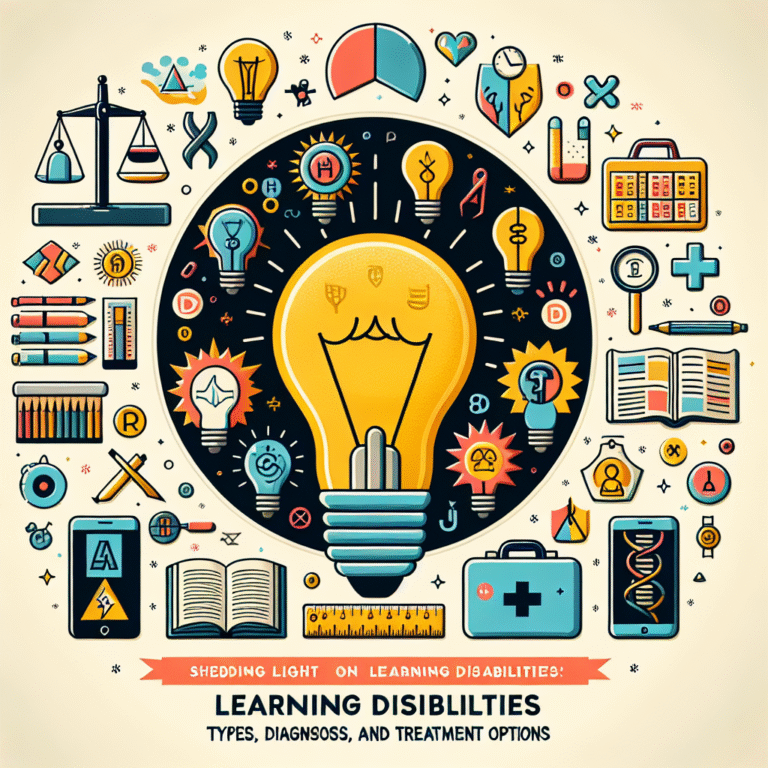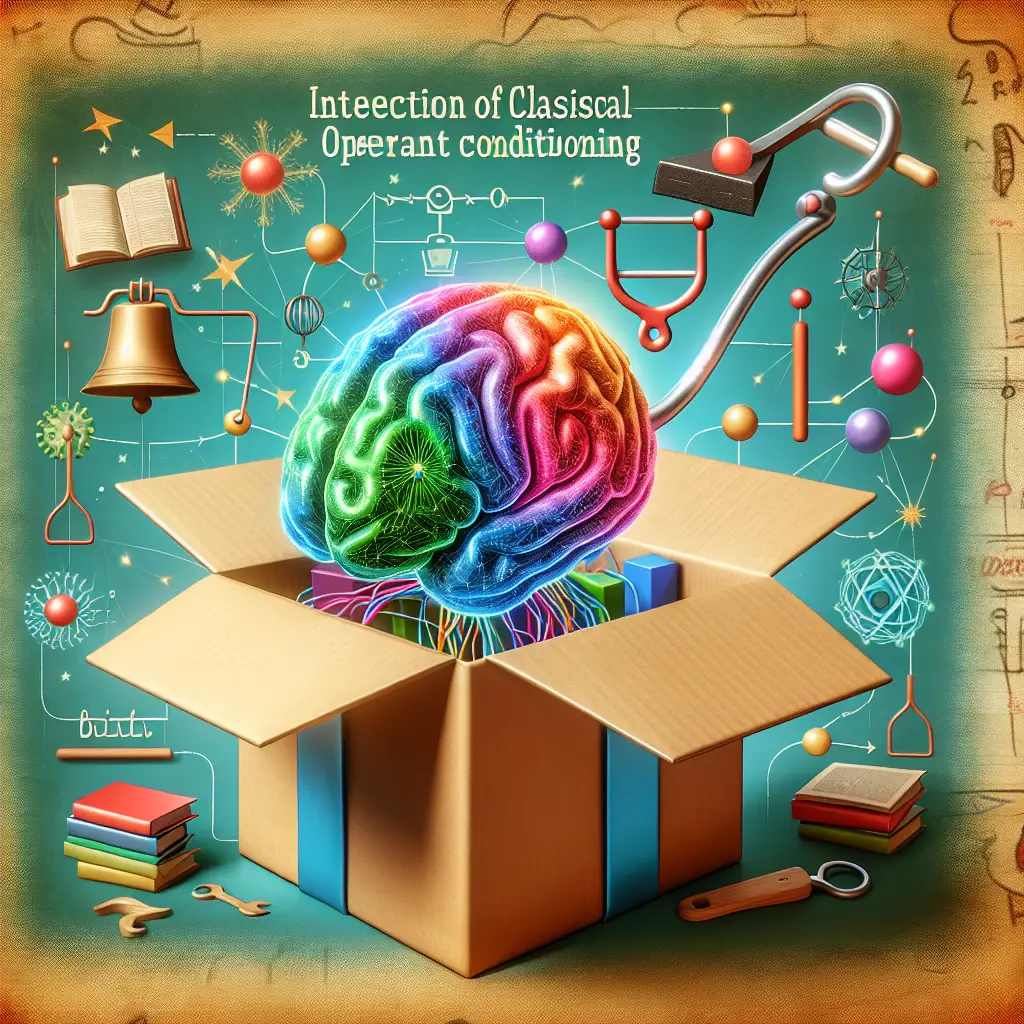
Unpacking the Brain: The Proven Ways Classical and Operant Conditioning Shape Learning
Introduction
Imagine a world where every action you take is shaped by experiences, rewards, and associations. The mechanisms behind learning, deeply rooted in our brains, greatly influence how we interact with our environment and each other. In this exploration, we will dive into the intricacies of learning through two pivotal theories: classical conditioning and operant conditioning. Unpacking the Brain: How Classical and Operant Conditioning Shape Learning is essential not just for educators or psychologists but for anyone eager to harness their understanding of behavior in everyday life. By delving into the way these conditioning methods affect our learning processes, we can empower ourselves to adapt, grow, and achieve our goals.
Understanding Conditioning: The Basics
Before we break down the mechanisms of classical and operant conditioning, it’s important to set the stage with foundational definitions and principles that guide these learning theories.
Classical Conditioning: The Discovery
Classical conditioning, first discovered by Ivan Pavlov in the early 1900s, is a learning process that occurs through associations between an environmental stimulus and a naturally occurring stimulus. Pavlov’s iconic experiment with dogs illustrated this when he paired the sound of a bell (the conditioned stimulus) with the delivery of food (the unconditioned stimulus), eventually leading to the dogs salivating at the sound of the bell alone.
Key Components of Classical Conditioning:
- Unconditioned Stimulus (US): A stimulus that naturally triggers a response (e.g., food).
- Unconditioned Response (UR): The unlearned reaction to the unconditioned stimulus (e.g., salivation).
- Conditioned Stimulus (CS): A previously neutral stimulus that, after association with an unconditioned stimulus, triggers a learned response (e.g., the bell).
- Conditioned Response (CR): The learned response to the conditioned stimulus (e.g., salivation at the bell).
Operant Conditioning: Skinner’s Contribution
Founded by B.F. Skinner, operant conditioning focuses on how consequences shape behavior. In this perspective, behaviors are strengthened or weakened based on the consequences that follow them—reinforcements or punishments.
Key Components of Operant Conditioning:
- Reinforcement: Any stimulus that strengthens or increases the likelihood of a behavior. It can be positive (adding something desirable) or negative (removing something aversive).
- Punishment: Any stimulus that weakens or reduces the likelihood of a behavior. Similar to reinforcement, it can also be positive (adding an undesirable consequence) or negative (removing something desirable).
- Shaping: Gradually molding behavior by reinforcing successive approximations to the desired behavior.
How Conditioning Shapes Learning
The Neuroscience Behind Conditioning
At the heart of understanding how classical and operant conditioning shape learning is the brain’s incredible plasticity, its ability to change and adapt. Research indicates that various brain regions play significant roles in associative learning.
- Amygdala: Critical in processing emotions; it’s involved in classical conditioning, particularly fear responses.
- Hippocampus: Essential for forming new memories, particularly in context learning.
- Striatum: A key player in operant conditioning, it’s vital for reward processing and habit formation.
Case Study: The Pavlovian Response
To highlight the mechanisms of classical conditioning in the real world, let’s consider a case study involving a student named Anna, who struggled with math anxiety. Every time Anna sat down to do math homework, she felt overwhelmed—this was her unconditioned response to the unconditioned stimulus of math work.
Through a classical conditioning approach, Anna’s therapist introduced a calm environment while presenting math problems—gradually pairing the comforting setting (CS) with math tasks. Over time, Anna began to associate the previously fear-inducing math tasks with the safe, relaxed environment, showcasing a transformed conditioned response: increased confidence when approaching math.
The Role of Reinforcement in Behavior Change
In operant conditioning, the influential concept of reinforcement is paramount. Consider a scenario involving Mark, a young employee who consistently performs well at work. His manager implements a reward system where employees receive points for achieving their targets.
Mark starts to associate the completion of his tasks (the behavior) with receiving points (positive reinforcement). This leads to him becoming more engaged and productive over time, illustrating how operant conditioning effectively shapes learning and behavior in professional settings.
Tables and Charts: A Visual Breakdown
| Learning Method | Key Components | Real-World Applications |
|---|---|---|
| Classical Conditioning | US, UR, CS, CR | Overcoming fears, like phobias, through exposure therapy |
| Operant Conditioning | Reinforcement (positive/negative), Punishment (positive/negative), Shaping | Behavior modification in classrooms and workplaces |
Table: Comparative Overview of Classical and Operant Conditioning
| Elements | Classical Conditioning | Operant Conditioning |
|---|---|---|
| Learning Type | Associative Learning | Consequence-Based Learning |
| Key Figure | Ivan Pavlov | B.F. Skinner |
| Mechanisms | Respondent behaviors | Voluntary behaviors |
| Role of Stimuli | Unconditioned vs. Conditioned | Reinforcement vs. Punishment |
| Behavioral Change | Emotional responses (fear, pleasure) | Habits, skills, and behaviors |
Practical Applications of Conditioning in Learning
Understanding how classical and operant conditioning shape learning translates into powerful strategies in various fields such as education, therapy, and even marketing.
In Education
In educational settings, teachers can use classical conditioning principles to create positive learning environments through incremental exposure to challenging subjects. For example, by pairing challenging math problems with supportive interactions or rewards, students can learn to associate math with positive feelings.
Simultaneously, operant conditioning techniques, such as praise for effort or corrective feedback, can reinforce desired classroom behaviors and improve student engagement. A blended approach can result in a more supportive educational framework, enhancing overall learning experiences.
In Therapy
Therapists often apply classical conditioning to treat phobias or anxiety disorders through exposure therapy, gradually introducing clients to their fears in a controlled setting. Operant conditioning can also play a crucial role in behavioral therapies, particularly in techniques like Token Economies in mental health settings, where patients earn rewards for positive behaviors.
In Marketing
Marketers employ classical conditioning techniques to create positive associations with brands through consistent advertising and branding efforts. For instance, pairing a favorable emotional response (like happiness from a commercial) with a brand can encourage consumers to have positive associations, ultimately driving purchases.
Case Study: Token Economy in Education
To showcase operant conditioning in practical use, a school implemented a token economy system. Students earned tokens for positive behaviors—participating, helping peers, and completing assignments. At the end of the week, they could exchange tokens for privileges or rewards.
As a result, student behavior improved significantly, demonstrating how tangible reinforcers can shape positive behavior and enhance learning environments.
Conclusion
Unpacking the Brain: How Classical and Operant Conditioning Shape Learning reveals a world where our behaviors are not just reactions but are significantly molded by our experiences, reinforcements, and emotional associations. Understanding these processes equips us with the tools to foster better learning, create supportive environments, and transform our lives.
As you consider your experiences and interactions, think about how you can apply these principles to nurture positive growth and understanding in yourself and others. Embrace the power of conditioning as a pathway to reframe your learning and behavioral experiences.
FAQs
1. What is the primary difference between classical and operant conditioning?
Classical conditioning involves learning through the association of stimuli, while operant conditioning centers on learning through the consequences of behavior—reinforcements or punishments.
2. How can I apply these conditioning principles in everyday life?
You can apply these principles by recognizing and modifying your responses to stimuli (classical conditioning) or by reinforcing positive behaviors in yourself or others (operant conditioning).
3. What role do reinforcements play in operant conditioning?
Reinforcements strengthen the likelihood of a behavior reoccurring. Positive reinforcement encourages the behavior by adding a desirable outcome, while negative reinforcement does so by removing an aversive condition.
4. Can classical conditioning help with phobias and anxiety?
Yes, classical conditioning techniques such as exposure therapy can aid in gradually overcoming phobias by associating feared stimuli with positive or neutral experiences.
5. How does conditioning impact a child’s learning in school?
Conditioning impacts children’s learning by influencing how they respond to stimuli in educational settings. Classical conditioning can create positive associations with subjects, while operant conditioning reinforces desirable behaviors through rewards and consequences.
By integrating the insights shared in this article, you can develop a profound understanding of how the brain’s learning processes work through classical and operant conditioning, enhancing your capacity to foster growth within yourself and others.

